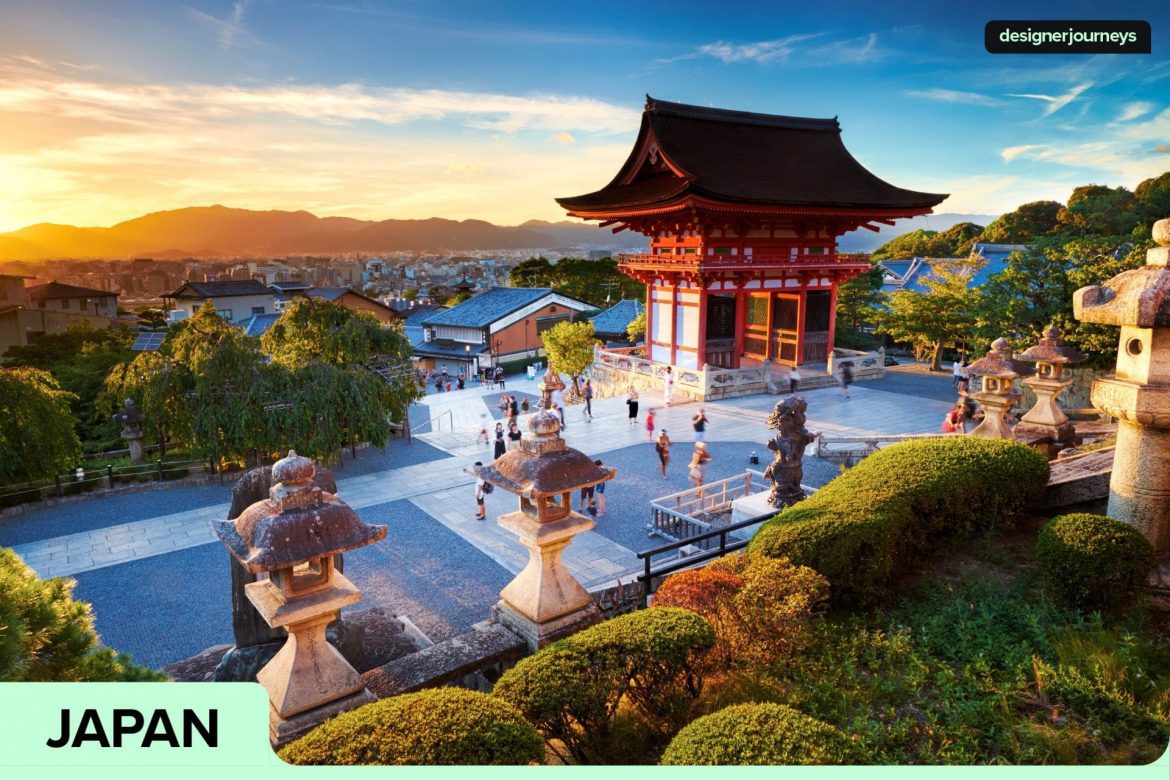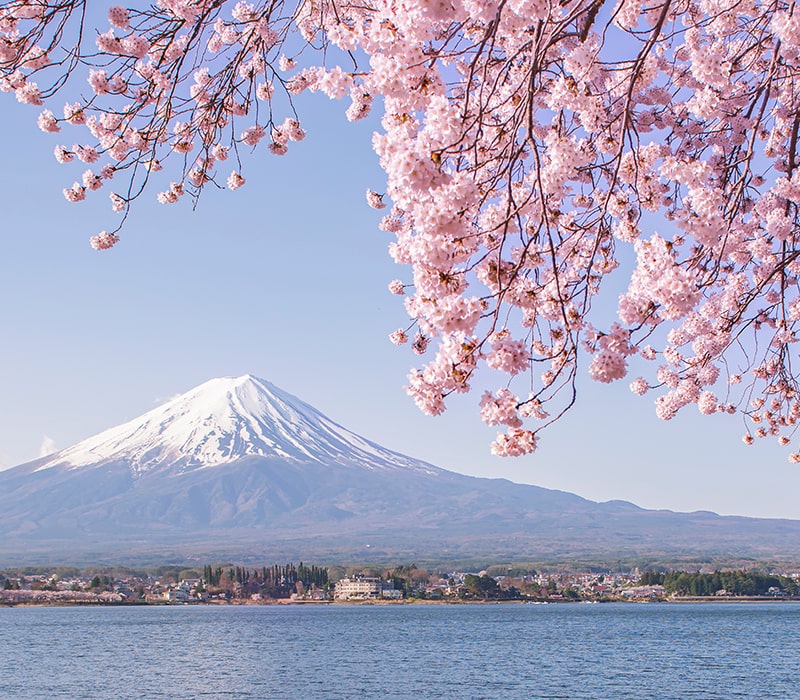Welcome to Kyoto, Japan—a destination that invites you to discover, create, and explore at your own pace. In this curated guide, we’ll uncover the must-see highlights, hidden gems, and expert insights that make a Kyoto trip truly unforgettable. Here, tradition and modernity walk together; ancient shrines stand beside sleek hotels, and every street is a journey into the heart of Japanese artistry.
Whether you’re visiting Kyoto for the first time, planning a family trip, or seeking a romantic escape, this expertly curated guide reveals the best things to do in Kyoto. From must-see highlights to hidden gems, all within easy walking distance or a short train ride away.
Post Contents
Why Visit Kyoto? Where Old Japan Meets Modern City
Kyoto isn’t just a place—it’s a feeling. Known as the cultural soul of Japan, Kyoto Prefecture is home to over a thousand temples, famous shrines, serene bamboo forests, and some of the world’s most beautiful gardens. Yet, at its core, Kyoto is a modern city—dynamic, accessible, and ever-evolving.
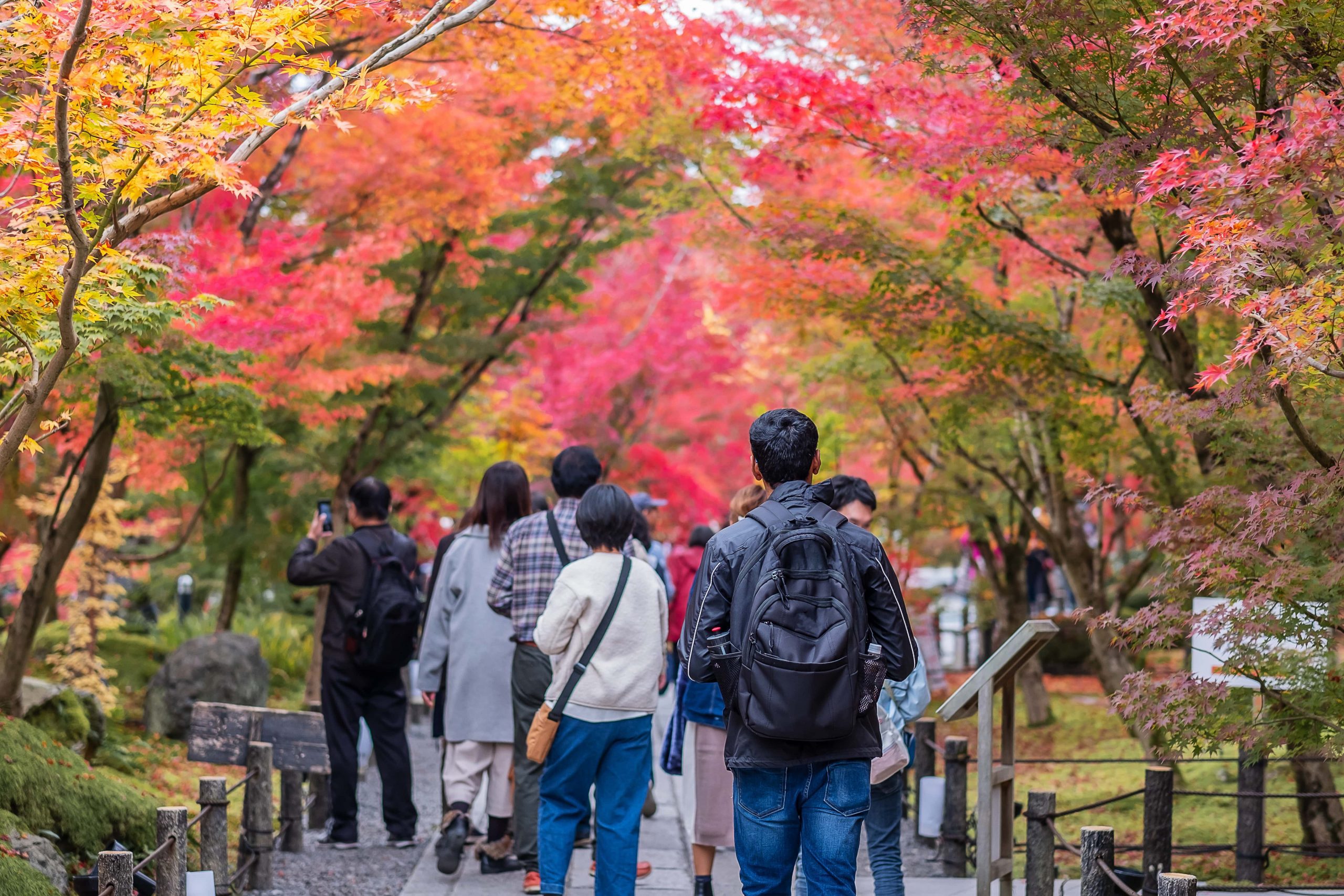
Kyoto is more than just a place, it’s an experience.
Central Kyoto pulses with energy, its streets lined with luxury hotels like the Kyoto Granbell Hotel, world-class dining, and boutique stores. Just steps away, you’ll find traditional wooden houses, historic teahouses, and the gentle flow of the Kamo River. Every season brings a new reason to visit. Still, the city is especially magical during cherry blossom season, when rivers, parks, and temple grounds are awash in pink and white petals.
No matter your travel style—solo, couple, family, or group—Kyoto promises experiences that are crafted, seamless, and unforgettable.
Kyoto’s Most Famous Temples, Shrines & Gardens
If it’s your first time visiting Kyoto, these are the experiences that define the city—each one a story, a memory, and an invitation to connect with Kyoto’s history.
1. Fushimi Inari Shrine
Begin your adventure at Fushimi Inari Shrine, a Shinto shrine renowned worldwide for its endless avenues of brilliant red torii gates. Just a short train ride from Kyoto Station (take the JR Nara Line to JR Inari Station), this spiritual site is more than a photo opportunity—it’s an immersive journey. Arrive early for a quieter, more personal encounter. Wander the winding hillside paths, discover smaller sub-temples, and let the tranquil forest surround you. This is one of the best things to do in Kyoto, especially for those seeking a blend of local insight and iconic beauty.
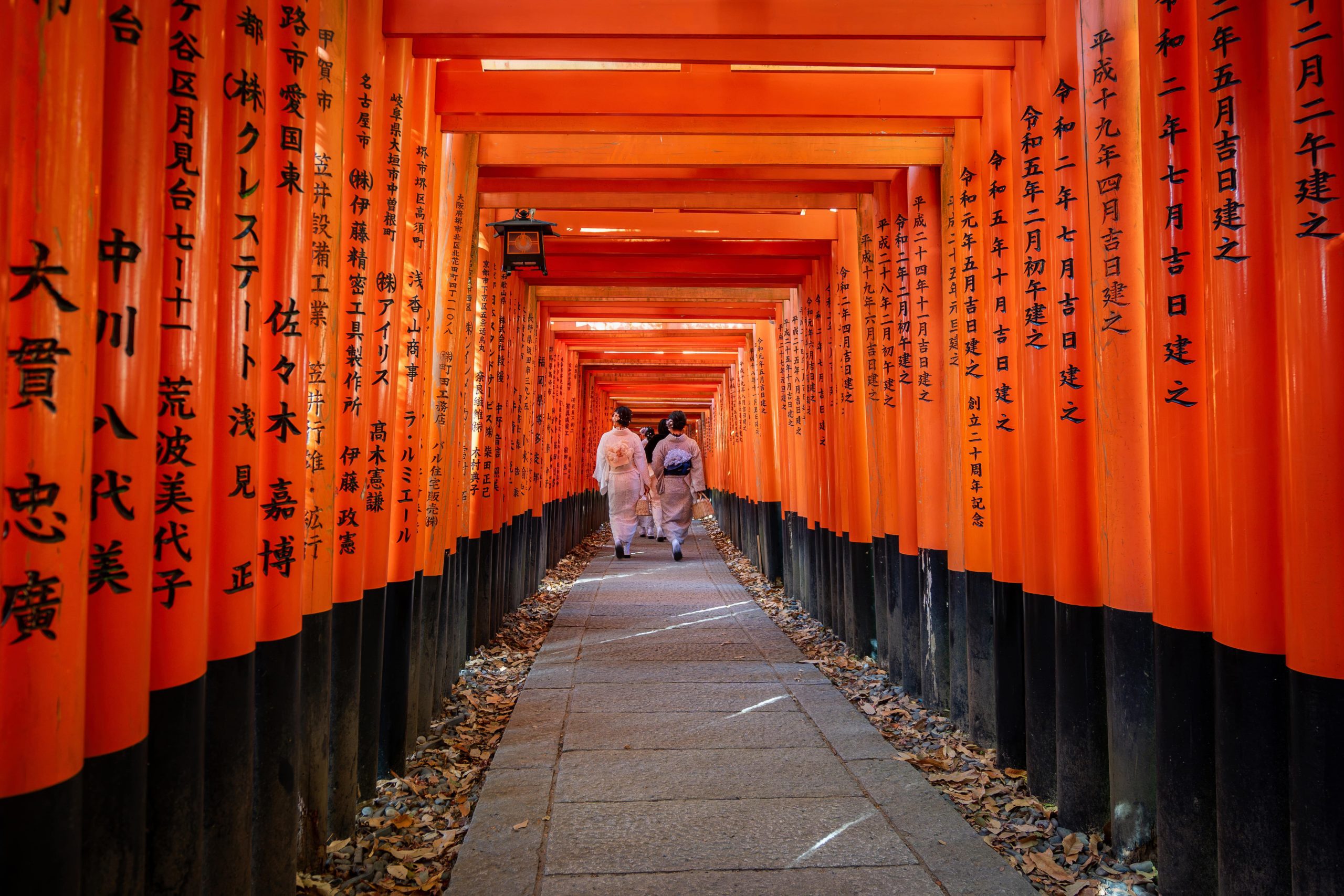
The Red Torii gates at Fushimi Inari shrine.
2. Kinkaku-ji Temple (Golden Pavilion)
No list of things to do in Kyoto would be complete without Kinkaku-ji—the Golden Pavilion. Arguably the most famous temple in Kyoto, its gold-leaf-covered walls shimmer above a peaceful reflecting pond. Located in northern Kyoto, Kinkaku-ji offers breathtaking views year-round, but visit early in the morning or late afternoon for softer light and fewer crowds. Stroll the lovely gardens, marvel at the temple’s harmony with nature, and feel the expert craftsmanship in every detail. Nearby, you’ll find local tea shops perfect for enjoying a cup of matcha tea after your visit.

The Golden Pavilion, or Kinkakuji Temple. Credit Andrea Aigner – stock.adobe.com
3. Kiyomizu-dera Temple
Perched atop a hill in eastern Kyoto, Kiyomizu-dera Temple is one of the city’s most popular temples—and for good reason. Its dramatic wooden stage, built without nails, offers panoramic views of cherry blossoms in spring and fiery leaves in autumn. Walking distance from central Kyoto and downtown attractions, Kiyomizu-dera is a must for any Kyoto itinerary. Don’t miss the bustling streets below, lined with souvenir shops, local sweets, and the taste of Kyoto’s kitchen.
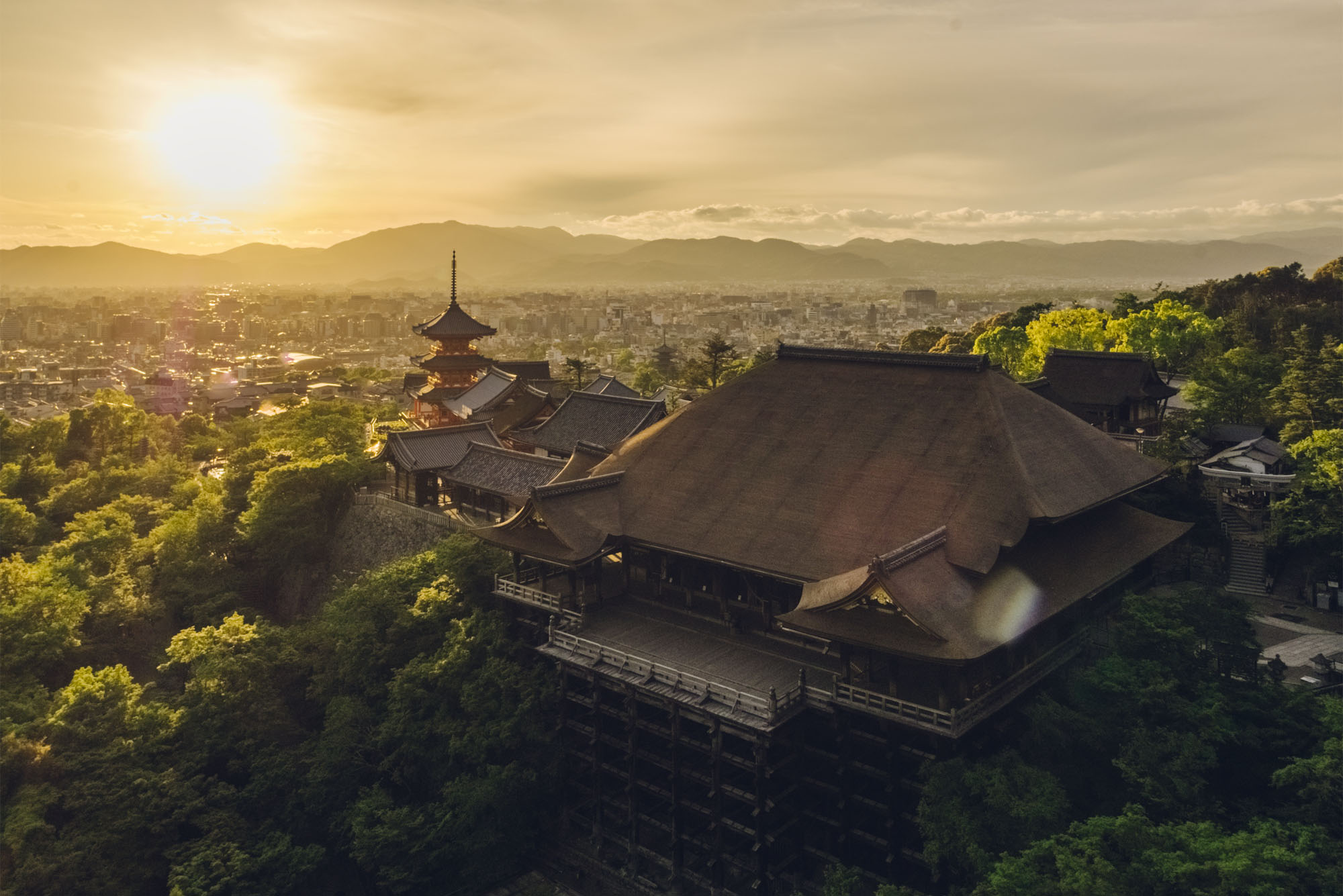
Kiyomizu-dera Temple is one of Kyoto’s most popular temples.
Image source: Kiyomizu-dera Temple
4. Ginkaku-ji (Silver Pavilion)
If Kinkaku-ji is the golden star, Ginkaku-ji is the Silver Pavilion—a masterpiece of subtlety and refinement. This zen temple is celebrated for its elegant simplicity, beautiful temple gardens, and unique sand sculptures. The moss garden here is a peaceful retreat, especially during cherry blossom season. The nearby Philosopher’s Path leads you along a scenic canal to even more hidden temples, making it one of the most relaxing things to do in Kyoto.
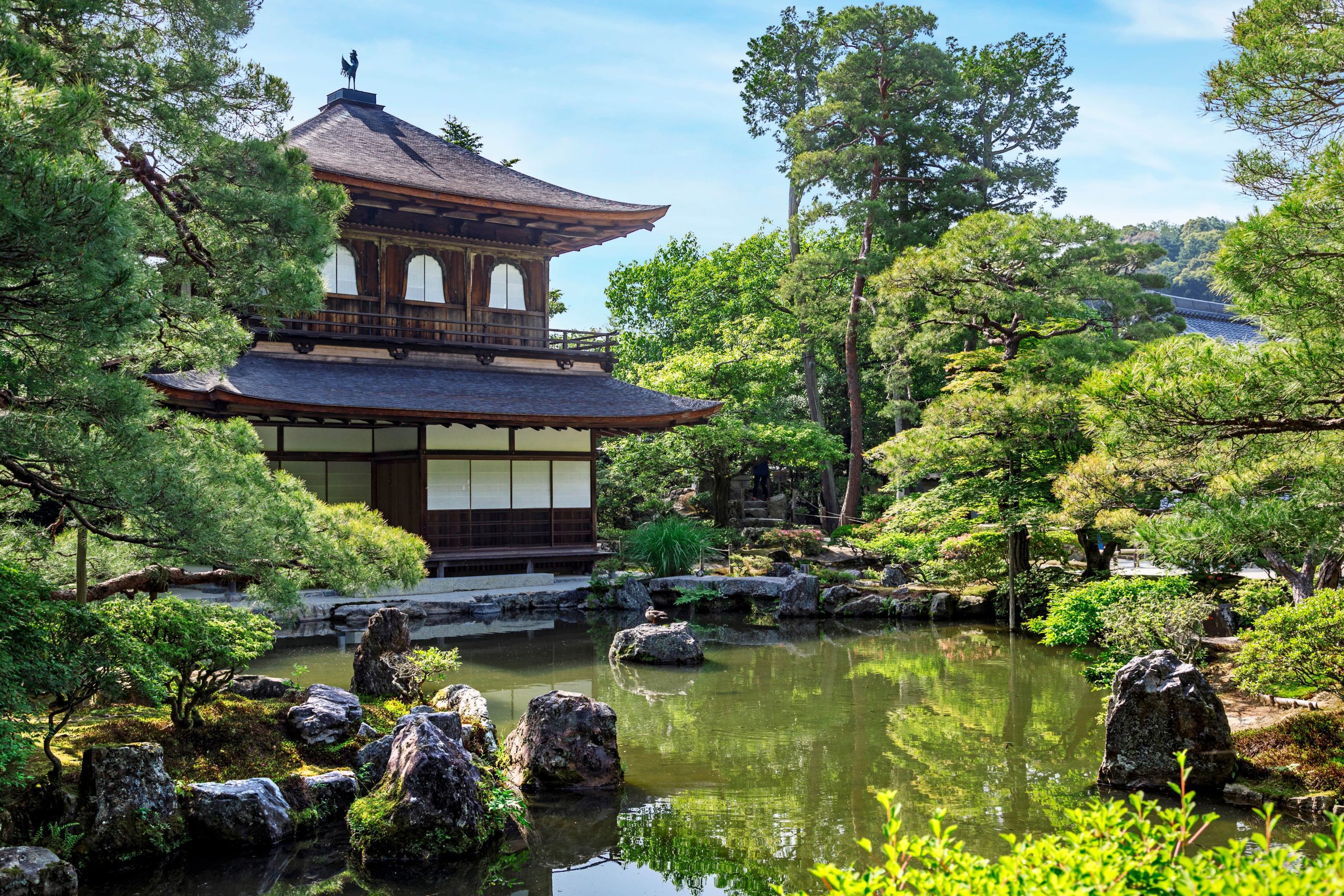
Ginkaku-ji is the Silver Pavilion.
5. Nanzen-ji Temple
An essential stop for lovers of Japanese culture, Nanzen-ji Temple is a sprawling Zen complex at the base of Kyoto’s forested mountains. It’s famous for its massive Sanmon gate, historic aqueduct, and lovely gardens that change with the seasons. Visit early to enjoy the tranquil atmosphere, and don’t miss the smaller sub-temples scattered throughout the grounds.
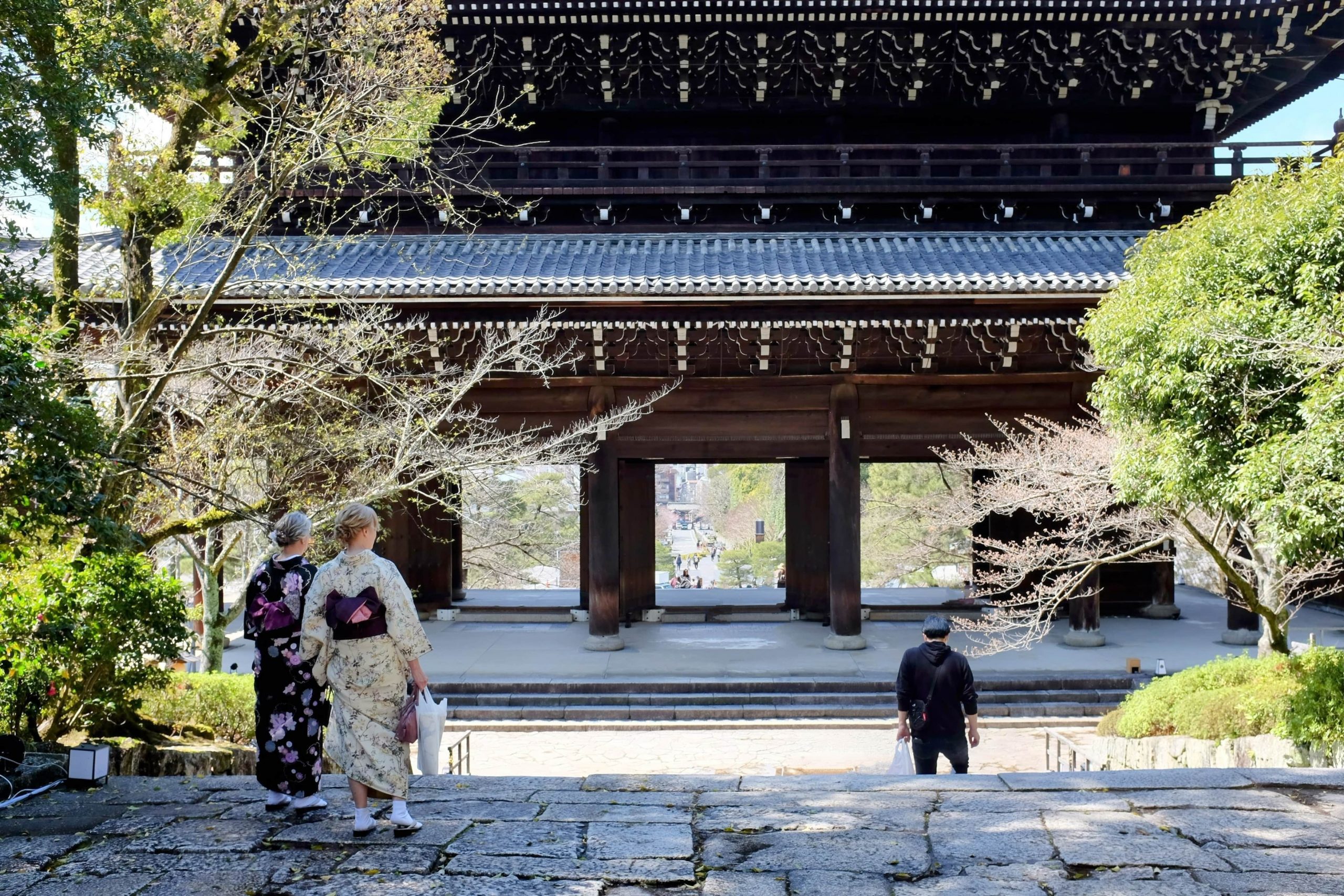
The historic wooden gate of Nanzen-ji Temple.
6. Kyoto Imperial Palace
Step into Kyoto’s imperial past at the Kyoto Imperial Palace. Surrounded by expansive parkland in the heart of Kyoto Prefecture, the palace is an oasis of calm. During cherry blossom season, the gardens here are among the city’s finest. Guided tours provide deep insight into imperial traditions, architecture, and the evolution of Japanese society.

Kyoto Imperial Palace.
Kyoto’s Cultural Heart
7. Geisha District (Gion)
Nothing captures the allure of old Japan quite like an evening stroll through Gion, Kyoto’s most famous geisha district. Here, time seems to slow as you wander lantern-lit streets lined with traditional wooden houses, exclusive teahouses, and hidden gardens. If you’re lucky, you may spot a maiko (apprentice geisha) on her way to a performance—one of the city’s truly authentic experiences. To gain a deeper understanding of geisha culture, consider booking a private dinner or performance for a personal, insider’s view.
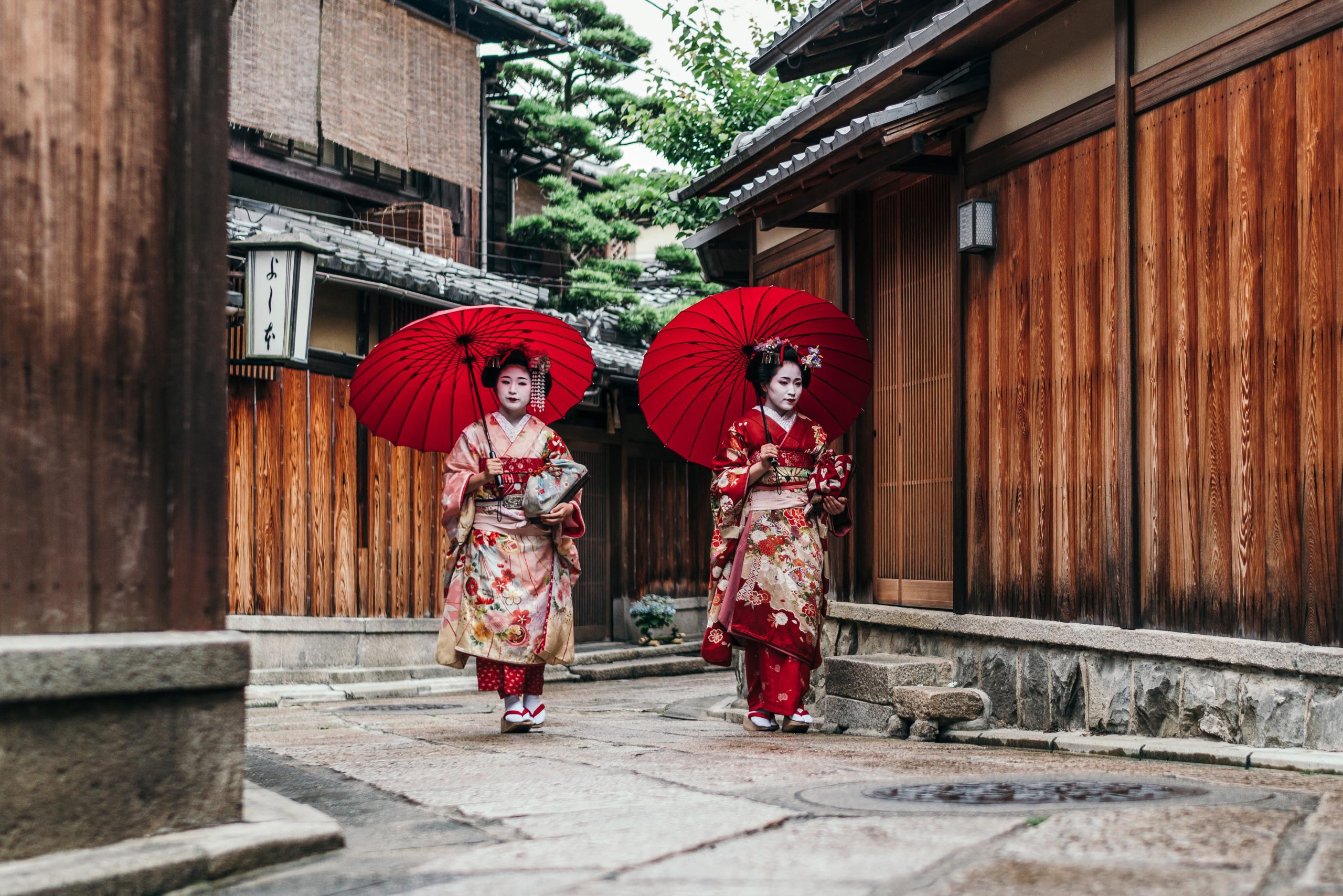
Maiko geisha in Gion Kyoto.
8. Traditional Tea Ceremony & Tea Shops
One of the most meaningful things to do in Kyoto is to participate in a traditional tea ceremony. In the quiet hush of a tatami room or centuries-old teahouse, you’ll witness the artistry and mindfulness that define Japanese culture. Savour each sip of green tea or matcha tea, prepared with care by an expert host. Many tea shops throughout Kyoto offer casual tastings or more formal ceremonies—each one a journey into the soul of the city.
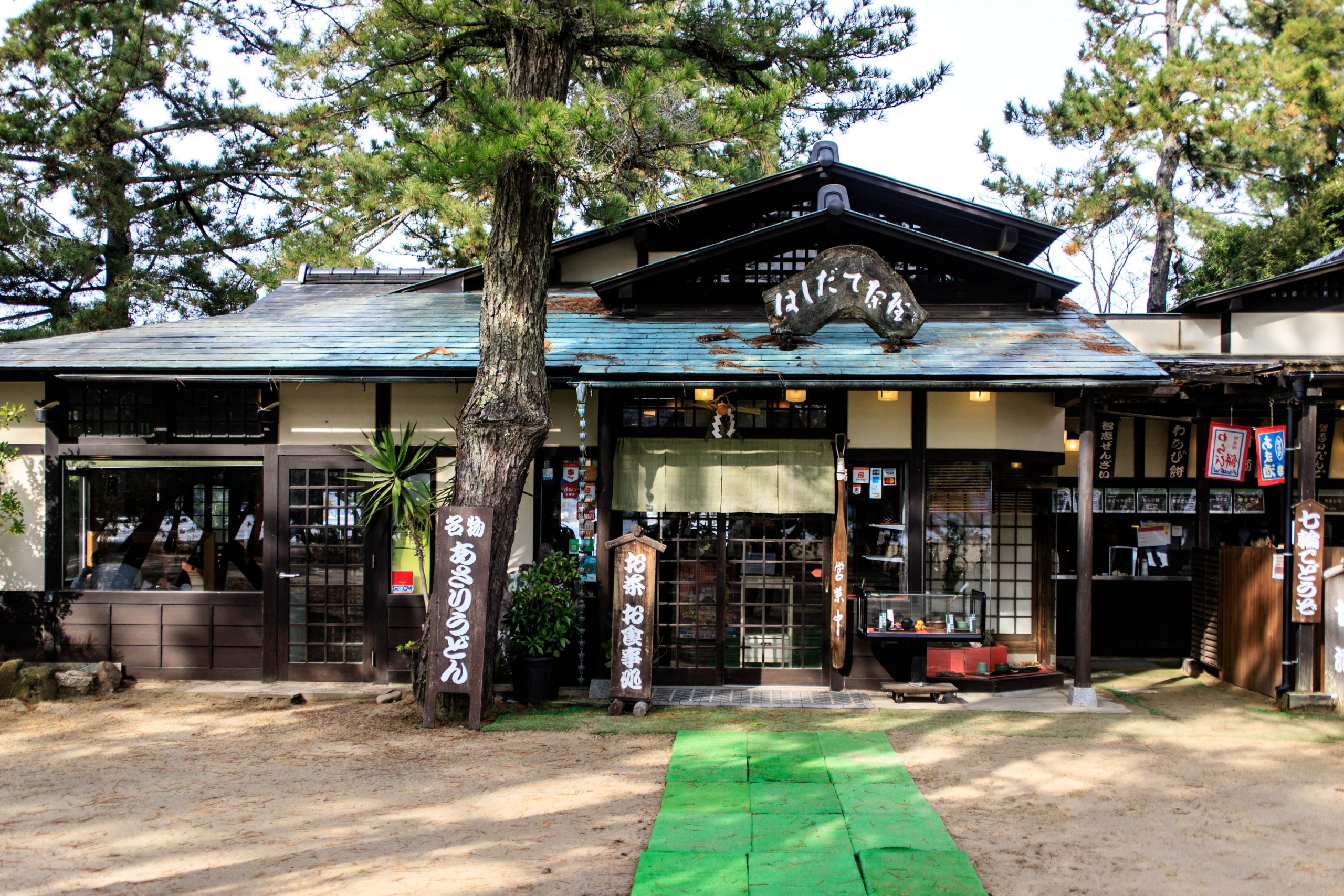
Traditional Japanese Tea House in Kyoto.
9. Nishiki Market: Kyoto’s Kitchen
No trip to downtown Kyoto is complete without a visit to Nishiki Market, known as “Kyoto’s Kitchen.” This lively covered arcade is packed with local vendors selling everything from fresh yuba (tofu skin) and pickles to artisanal knives and sweets. For an immersive experience, sign up for cooking classes nearby—you’ll learn to create classic dishes and gain lasting insight into Kyoto’s food culture. And if you’re hungry, pop into a local tempura restaurant for a taste of Kyoto’s lighter, seasonal tempura.
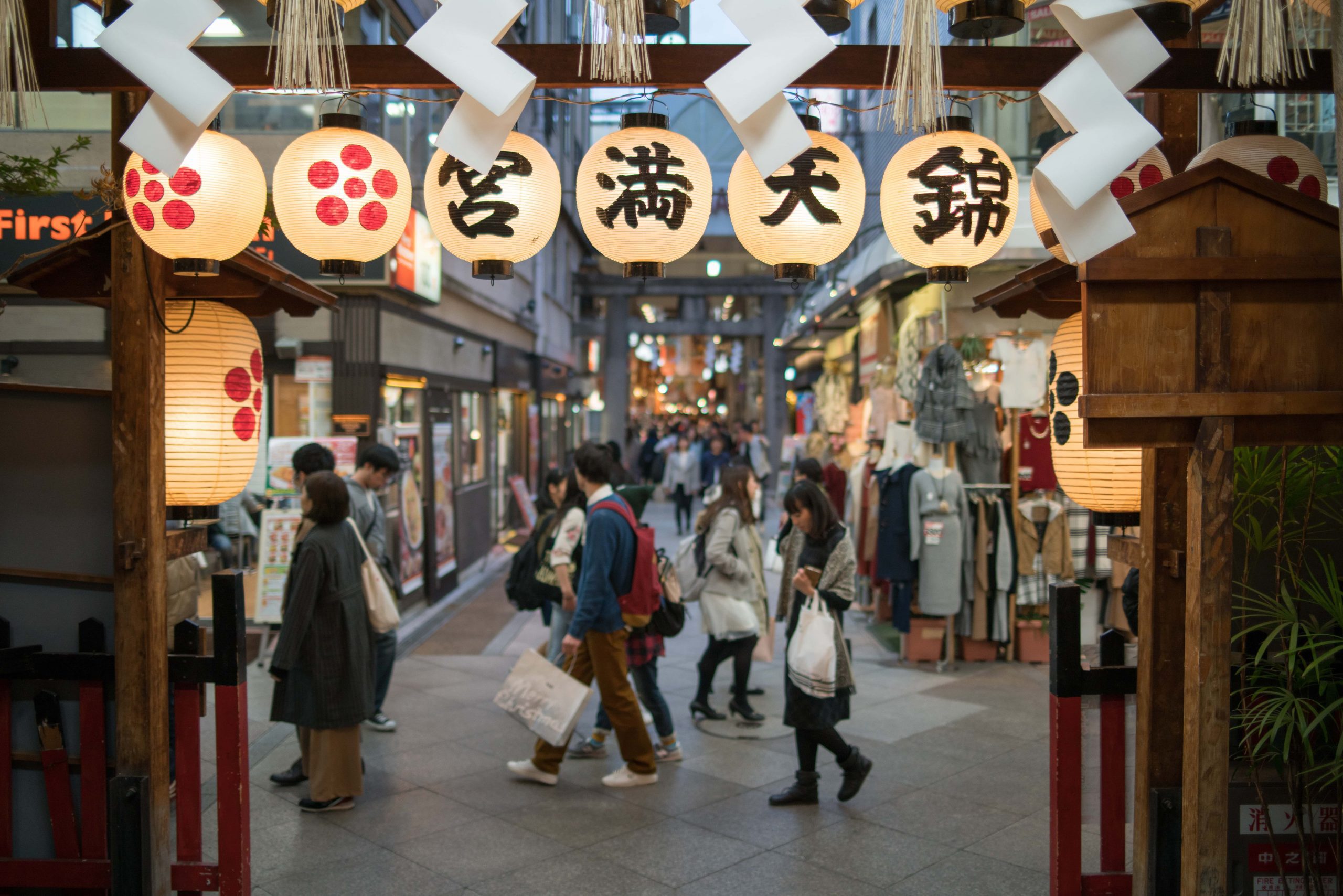
Nishiki market, Kyoto.
Iconic Kyoto Landscapes
10. Arashiyama Bamboo Grove
The Arashiyama Bamboo Grove is one of the most photogenic places in Kyoto. As you walk through the towering bamboo forest, sunlight flickers through the green stalks, creating an atmosphere that feels otherworldly. This iconic spot is easily reached from Kyoto Station via the JR Sagano Line, and the journey is part of the adventure. Early mornings are best for serenity, but even midday, it’s so much fun to wander the nearby temples, souvenir shops, and riverfront. The Arashiyama Bamboo Grove is a highlight of any Kyoto trip.
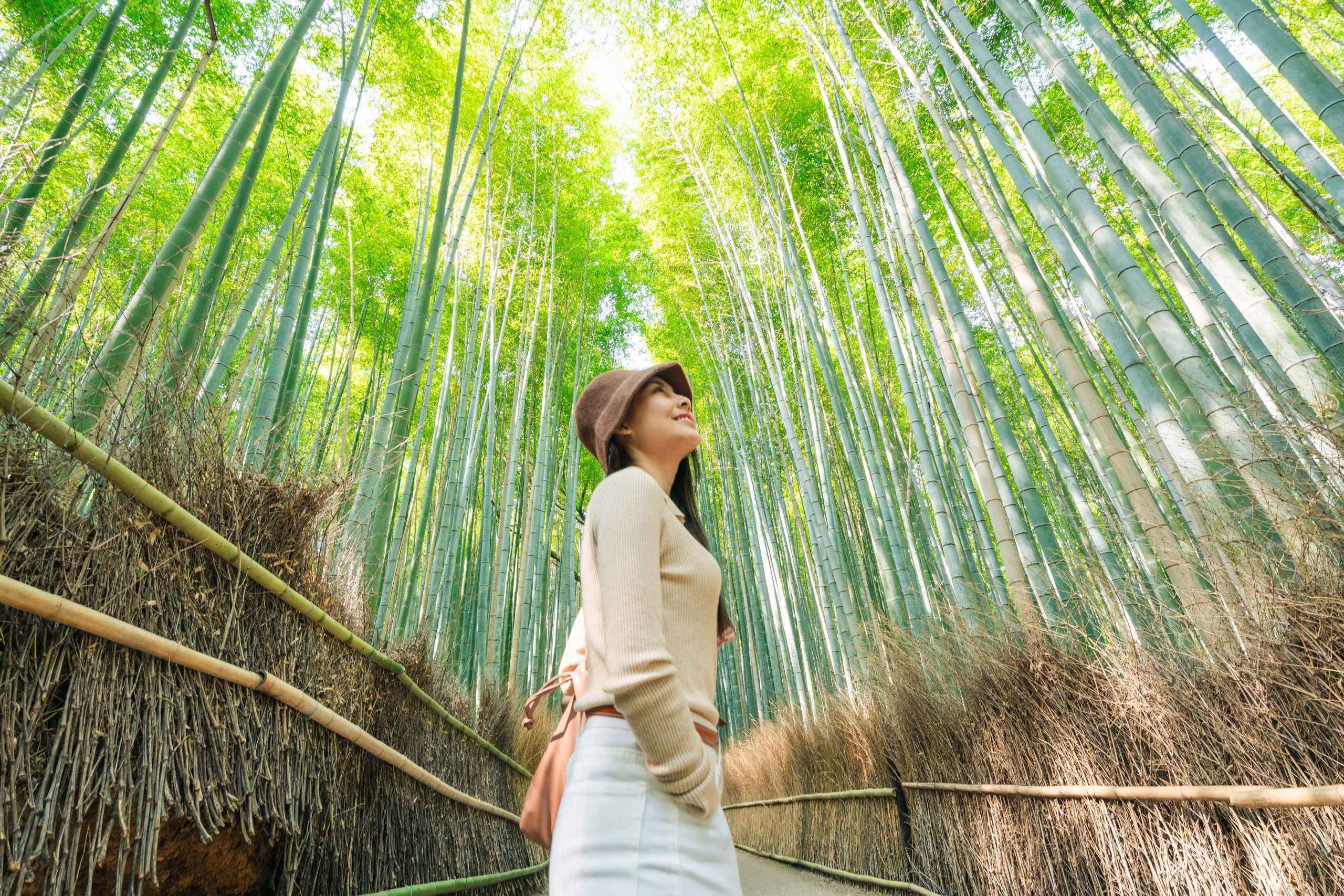
Arashiyama Bamboo Grove on sunny day.
11. Philosopher’s Path
Connecting Ginkaku-ji (Silver Pavilion) and Nanzen-ji Temple, the Philosopher’s Path is a peaceful, cherry-tree-lined canal walk that is especially stunning during cherry blossom season. Along the way, discover hidden shrines, local tea shops, and traditional cafes. This route embodies the slow, reflective rhythm that makes visiting Kyoto so restorative.
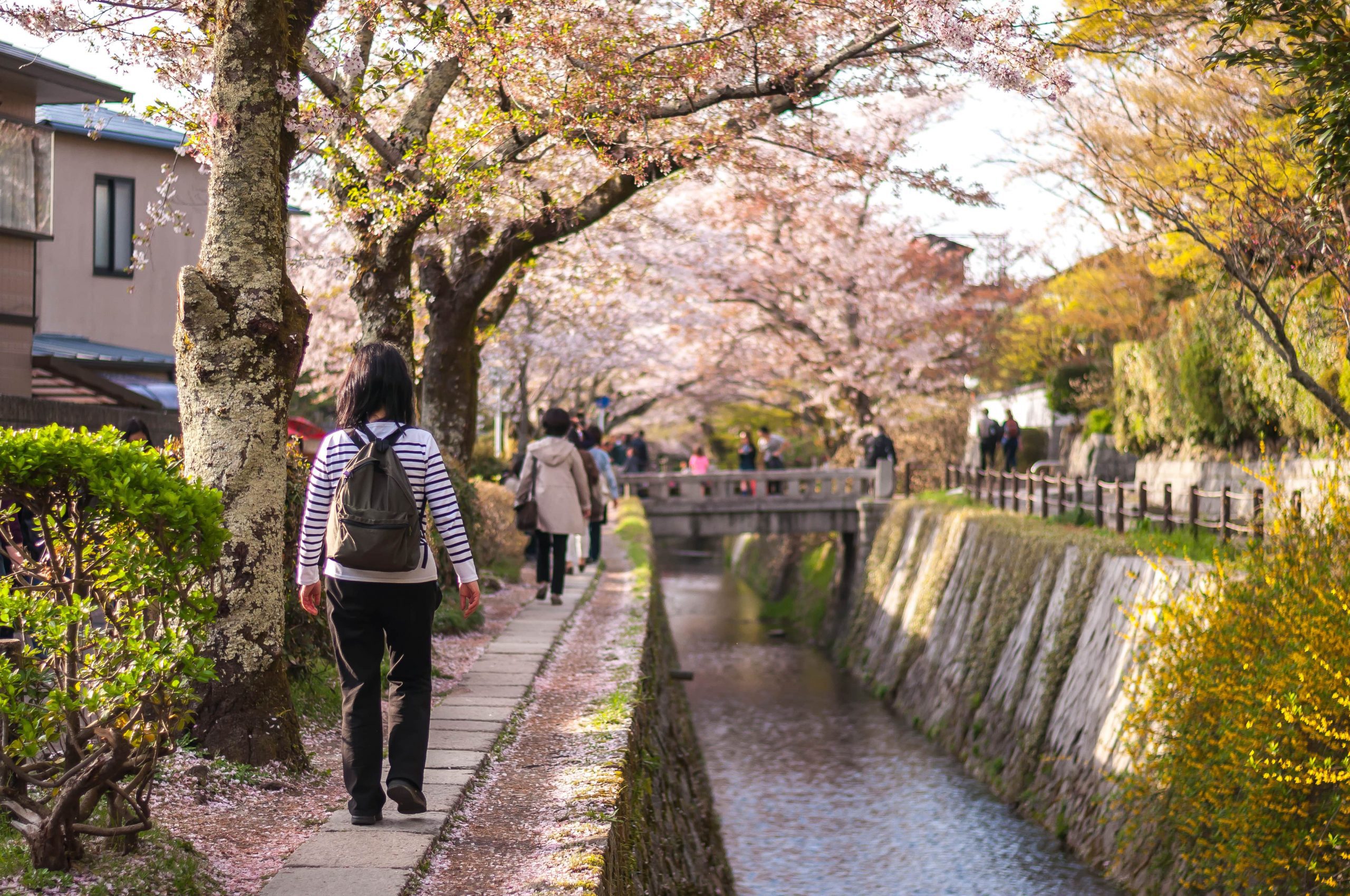
The Philosopher’s Path is a well-known cherry blossom spot in Kyoto.
12. Kamo River
The Kamo River flows through the heart of Kyoto Prefecture, providing a natural boundary between modern city life and tranquil green spaces. Families, couples, and solo travellers gather here for picnics, walks, and seasonal festivals. The riverside paths are within walking distance of many temples, making it easy to design your own seamless exploration of the city.
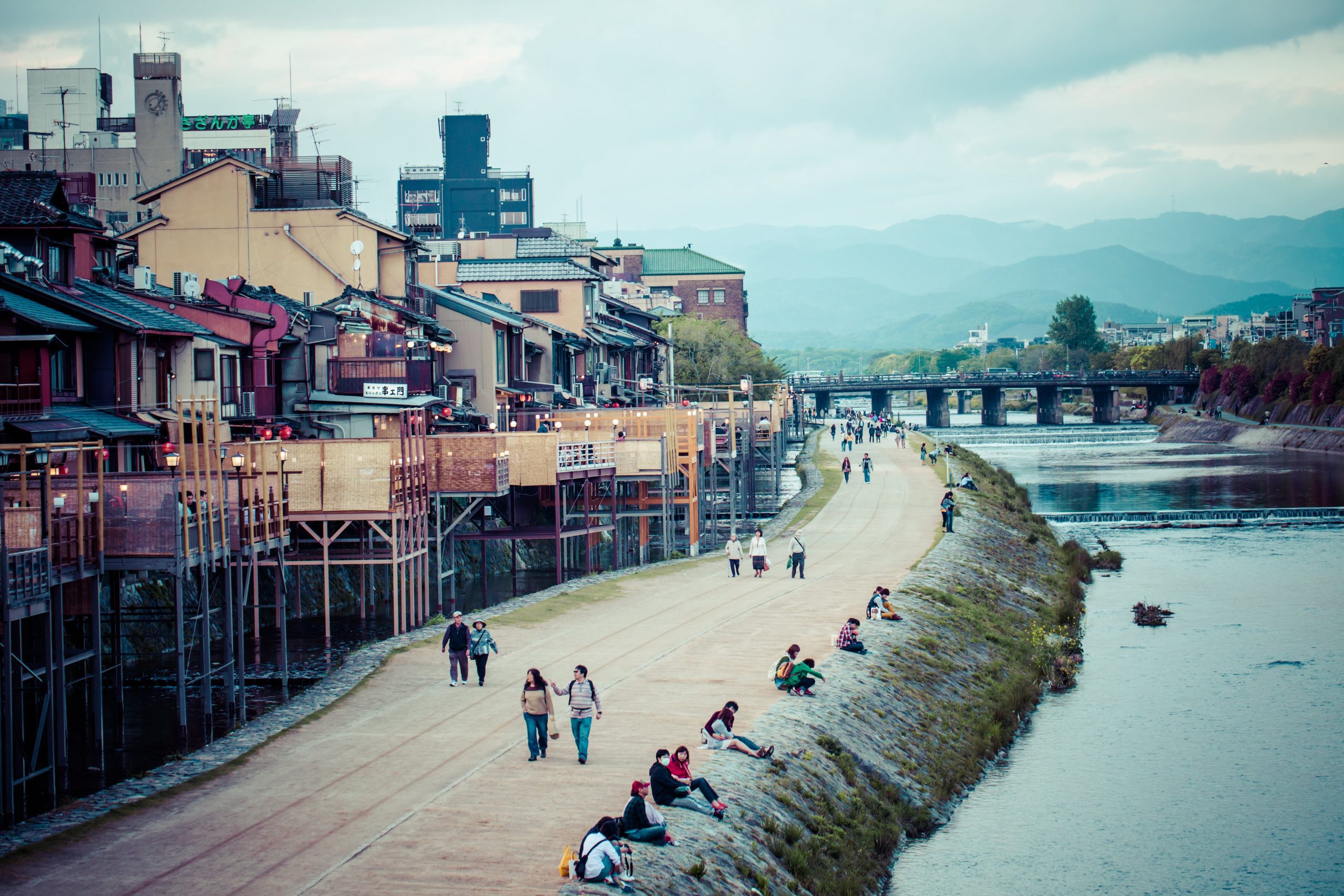
The Kamo River in Kyoto in autumn.
Hidden Gems: Uncovering Kyoto’s Secret
Kyoto is home to many temples—each with its own story. Beyond the most famous temples, these hidden gems offer quieter, more personal moments.
13. Saiho-ji (Moss Temple)
If you seek peace and exclusivity, make a reservation to visit Saiho-ji, known as the Moss Temple. This UNESCO World Heritage Site features a surreal moss garden that blankets the grounds in vibrant green. Visits require advance booking, but the payoff is a deeply personal experience—often with a brief calligraphy session before you wander the gardens.

Saiho-ji, known as the Moss Temple.
14. Ryoan-ji Rock Garden
Nearby, Ryoan-ji boasts the world’s most iconic rock garden. This zen masterpiece of gravel and stones has inspired centuries of reflection and artistic expression. Visit early or late in the day for the most contemplative atmosphere.
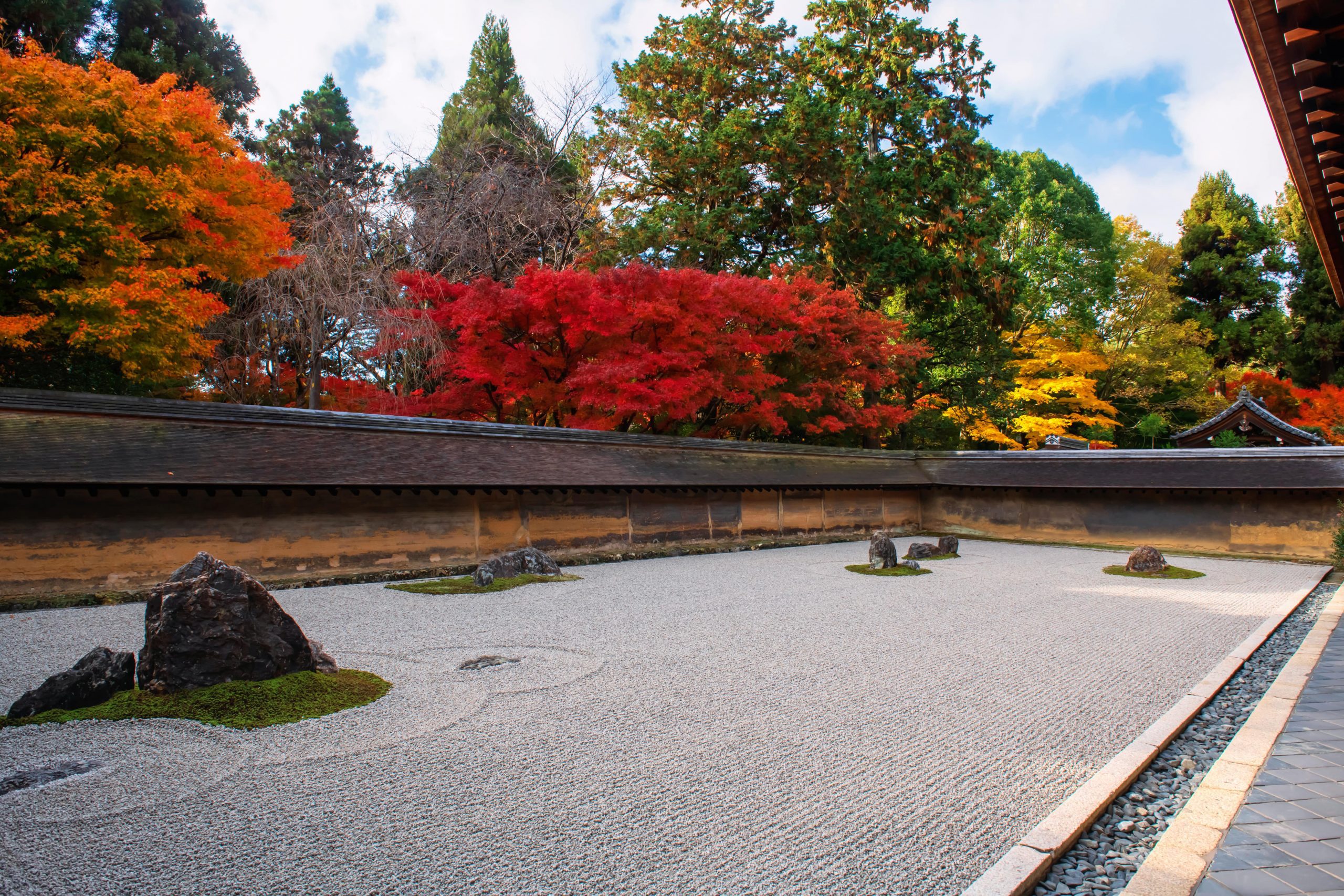
Rock garden in autumn maple leaf colours at Ryoan-ji temple.
15. Chion-in Temple
Chion-in Temple is one of Kyoto’s largest temple complexes, famous for its immense gate and stately architecture. Located near Yasaka Shrine, it offers a deep dive into Kyoto’s spiritual heritage. The impressive grounds are perfect for wandering and soaking in the weight of history.
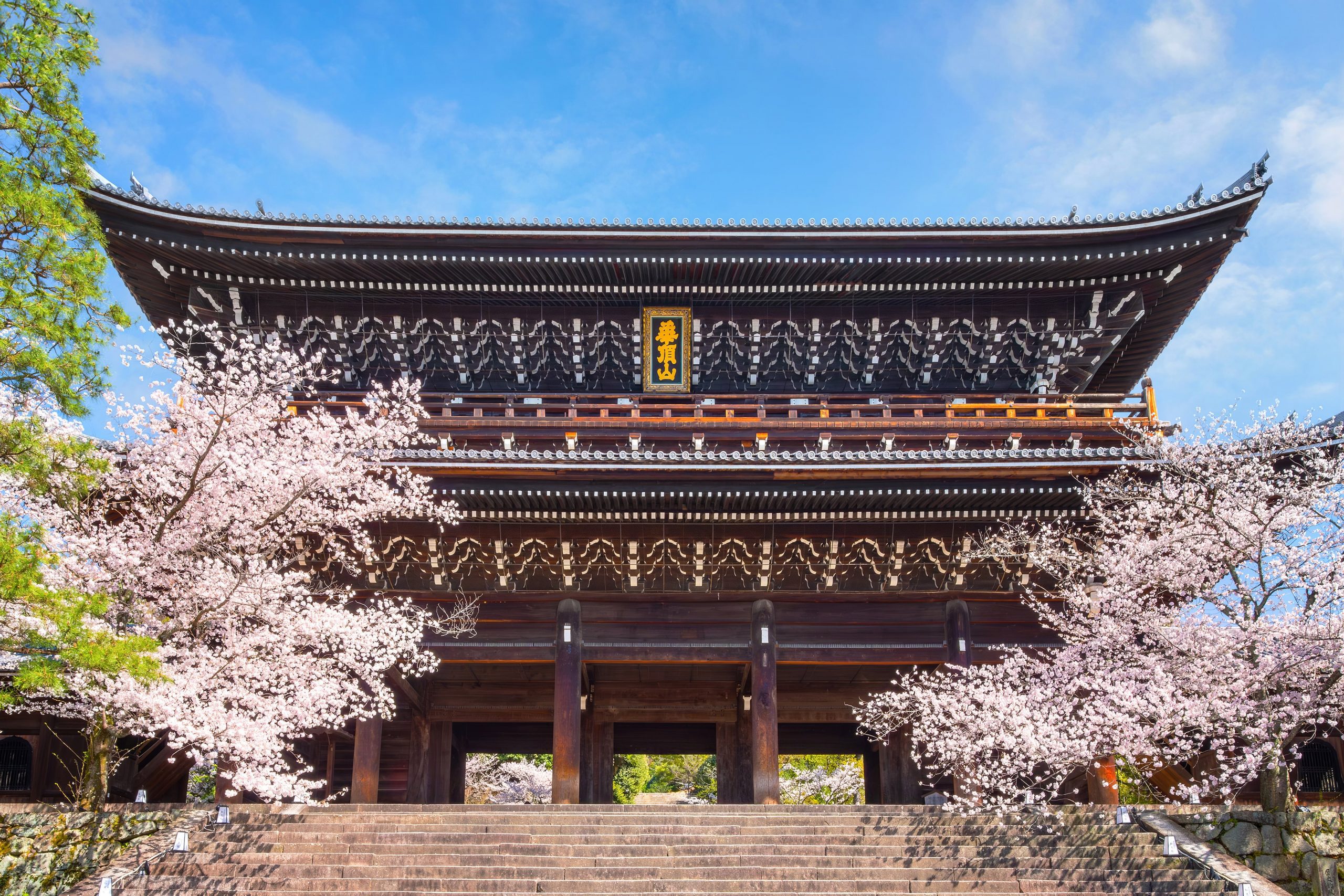
Beautiful full bloom Cherry Blossom in scenic springtime at Chion-in temple.
16. Yasaka Shrine
Always lively, Yasaka Shrine is a beloved meeting spot at the edge of the geisha district. Its lantern-lit courtyards are especially magical during Kyoto’s many festivals. The shrine’s central location makes it easy to combine a visit with exploring Gion or grabbing a bite in nearby downtown Kyoto.

Yasaka Jinja shrine in Kyoto.
17. Kifune Shrine & Kurama-dera Temple
For a rewarding day trip north of the city, take a train to Kifune Shrine—famous for its lantern-lined steps and mountain scenery. From there, hike through ancient cedar forests to Kurama-dera Temple, a hidden gem perched high above the valley. The journey takes about an hour from Kyoto Station and is a must for those wanting to escape the crowds and experience Kyoto’s wilder side.

Kifune Shrine in Kyoto with beautiful autumn scenery.
18. Byodo-in Temple (Uji)
Another outstanding day trip is to Byodo-in Temple in Uji. This beautiful temple is a UNESCO World Heritage Site and is depicted on the ¥10 coin. Its Phoenix Hall and lovely gardens are breathtaking, and Uji itself is renowned for some of the best green tea in Kyoto Prefecture.
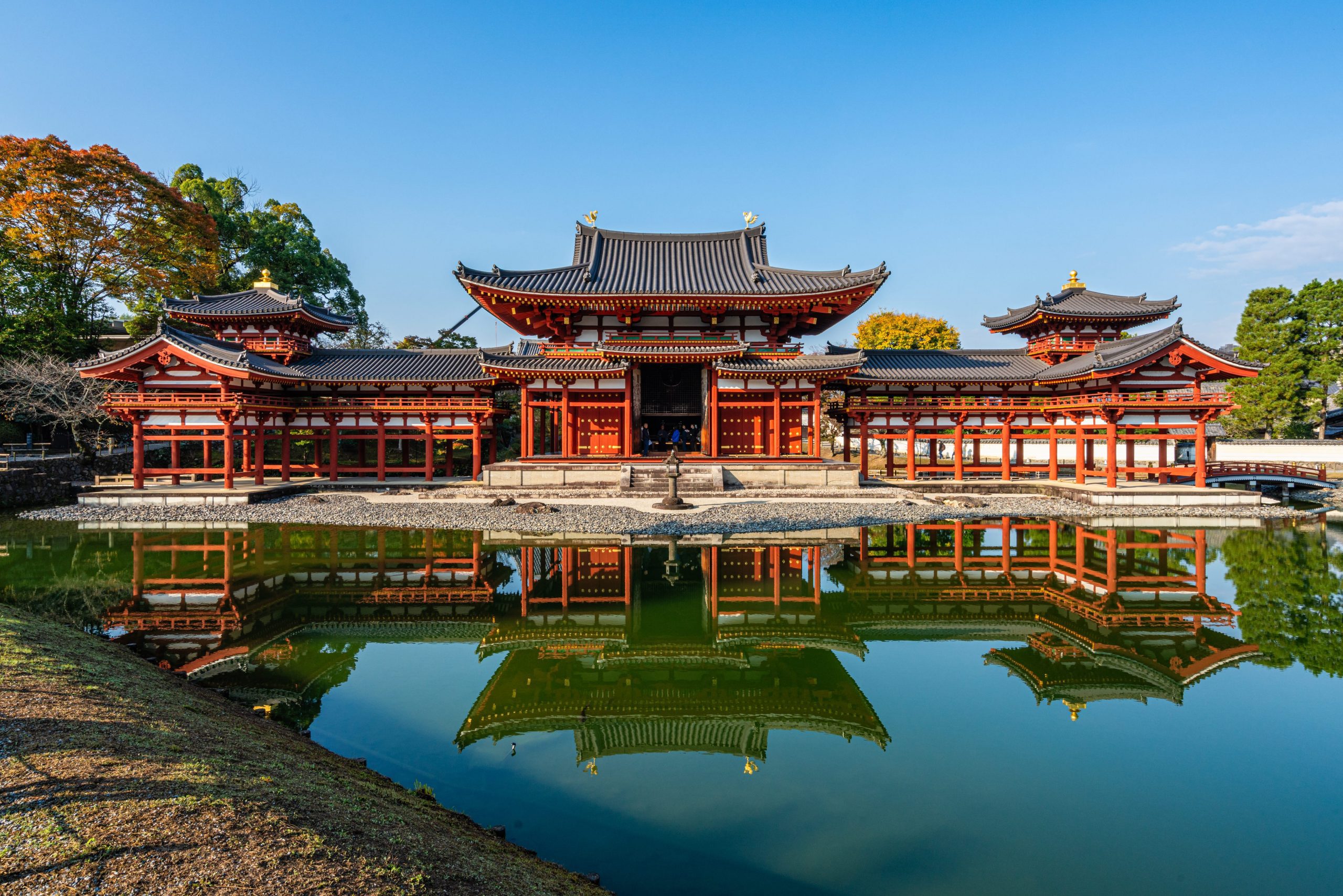
Byodo-in Temple in Uji.
19. Gekkeikan Okura Sake Museum
In Fushimi, just south of central Kyoto, the Gekkeikan Okura Sake Museum invites you to explore the centuries-old art of sake brewing. Learn about Kyoto’s history through hands-on exhibits and guided tastings, then stroll the historic canal district nearby.
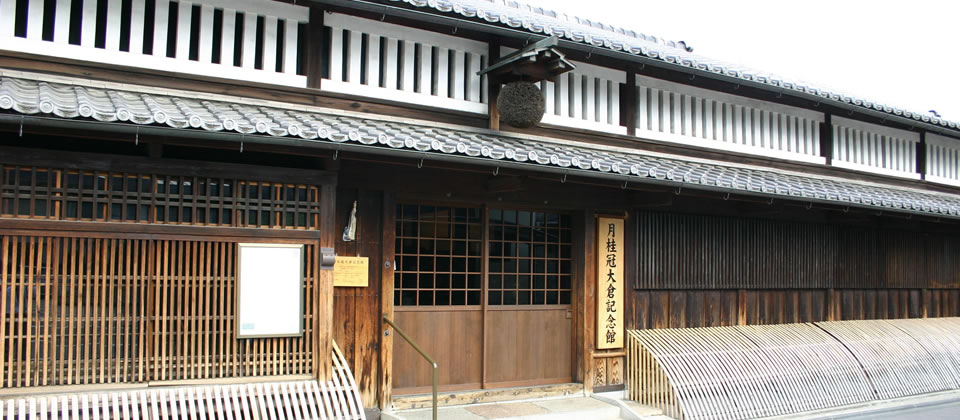
Gekkeikan Okura Sake Museum.
Image source: Gekkeikan Okura Sake Museum
20. Cooking Classes & Tempura Restaurants
Elevate your Kyoto trip by joining a cooking class led by expert chefs. Learn to make sushi, wagashi (Japanese sweets), or perfect tempura, then enjoy your creations in a friendly, local setting. Or dine at a celebrated tempura restaurant for a meal that showcases Kyoto’s subtle flavours and culinary artistry.
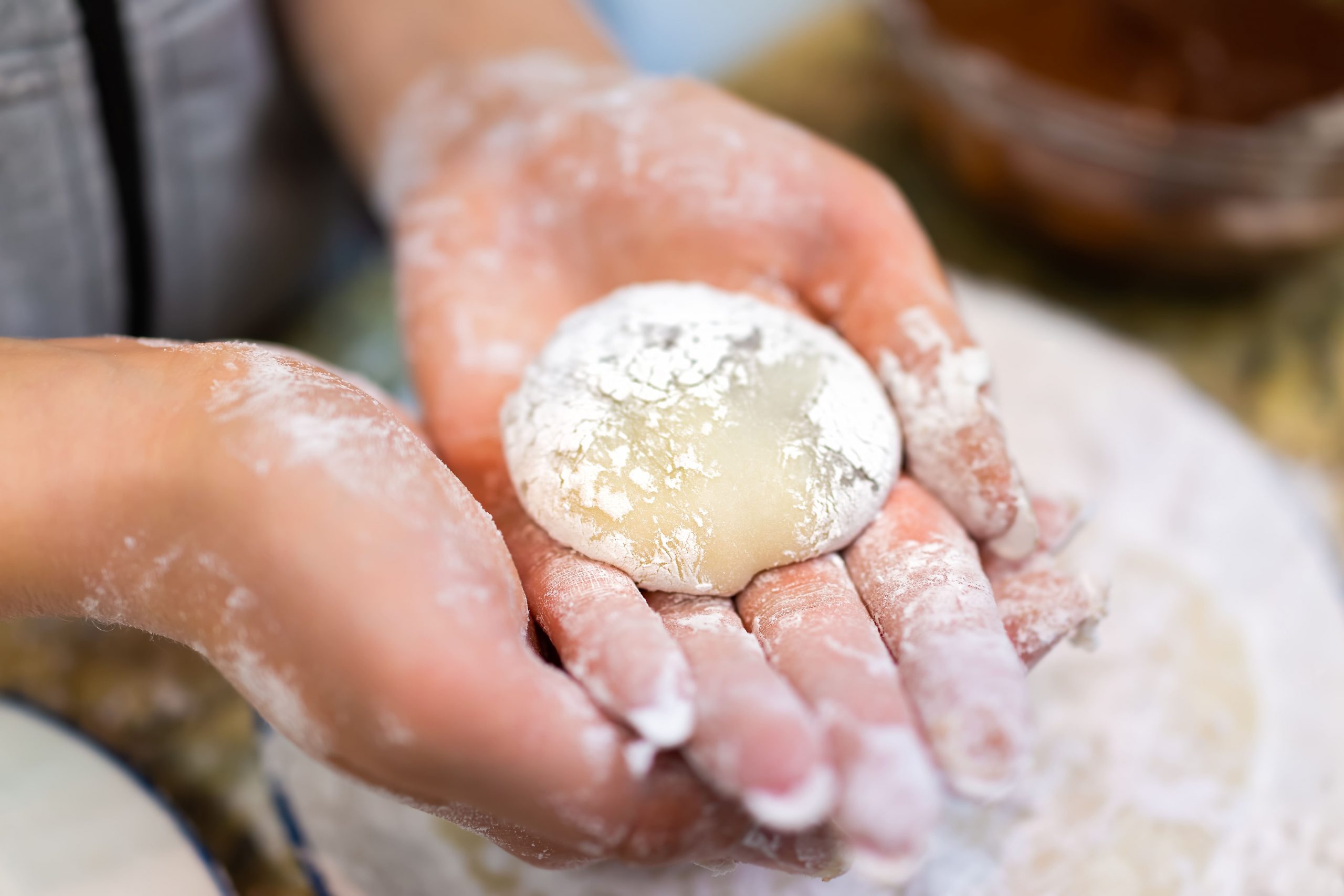
Joining a cooking class in Kyoto led by expert chefs.
Expert Tips for a Seamless Trip
- Visit early to enjoy Kyoto’s most famous temples and shrines in peace.
- Book exceptional experiences—like the Moss Temple or a private tea ceremony—in advance for a more personal, crafted itinerary.
- Use Kyoto Station as your base; many temples, shrines, and neighbourhoods are within easy walking distance or a short train ride.
- Don’t miss Kyoto’s cherry blossom season, when the Philosopher’s Path, Kamo River, and imperial palace gardens are awash in pink.
- Stay in central Kyoto or at a designer hotel like Kyoto Granbell Hotel for seamless access to both old Japan and the modern city.
F.A.Qs
Are 2 days in Kyoto enough?
Two days let you see some of Kyoto’s highlights—like Fushimi Inari Shrine, Kinkaku-ji Temple, and the Arashiyama Bamboo Grove. However, with over a thousand stunning temples and unique neighbourhoods, you’ll only scratch the surface.
What is Kyoto best known for?
Kyoto is renowned for its historic temples and shrines, traditional tea ceremonies, stunning cherry blossoms, and well-preserved geisha districts. It’s the heart of Japanese culture, blending old Japan’s timeless artistry with a vibrant modern city.
Are 3 days in Kyoto enough?
Three days is perfect for exploring Kyoto’s most famous temples, sampling local cuisine, and experiencing the city’s cultural heart. With three days, you can enjoy must-sees like Kiyomizu-dera Temple, Nishiki Market, and even take a day trip to Nara or Uji.
What is the number one thing to see in Kyoto?
The number one must-see in Kyoto is Fushimi Inari Shrine, with its endless red torii gates winding up the mountainside. It captures the city’s spiritual essence and is an iconic symbol of Kyoto.
Design Your Seamless Kyoto Journey With Confidence
Visiting Japan is about more than just ticking off a checklist; each trip to Kyoto is a unique experience. The most inspiring journeys combine personal passions with local insights. Whether you’re dreaming of cherry blossoms, stunning temples, vibrant bamboo forests, or hands-on cultural experiences, let Designer Journeys help you explore, design, and create a trip crafted just for you.
Book your Kyoto trip today and let our experienced Local Designers guide you through the best things to do in Kyoto, from iconic highlights to hidden gems. Travel with trust, care, and the confidence that every detail is expertly designed—for you, by us, together.
Visit Japan in another place? Check out our guide for your best travel inspiration.
